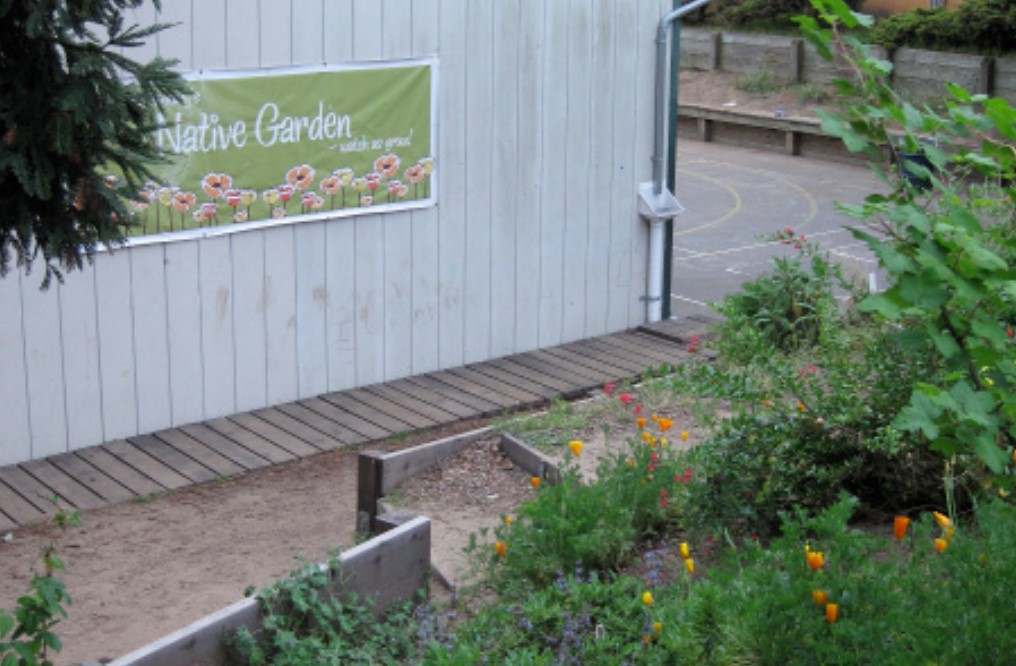| Location | Australia, USA |
| Date | 2004 |
| Design Team | Sally and Simon Dominguez |
| Cost | $375 per HOG |
| Capacity | 180 liters (Australia)/51 gallons (USA) |
| Area | 20 in x 9.5 in x 71 in |
| Cost per unit | $297 USD per HOG |
| Featured Project | McKinley Elementary School Rainwater HOG Installation |
| Date | 2010 |
| End User | 350 students, 20 teachers |
| Client | Rebuilding Together San Francisco, McKinley Elementary School |
| Project Manager | Kat Sawyer (Tap the Sky), San Francisco Green Schoolyard Alliance |
| Installer | Rogers Remodel |
| Installation | 7 Rainwater HOGs |
| Funders | Community Challenge Grant-Urban Watershed, part of the San Francisco Public Utilities Commission; Rainwater HOG |
| Cost | $5000 USD (installation not included) |

Green House Project, Studio City, California. Photo: Rainwater HOG
Rainwater tanks are the primary source of water in many parts of the world. However, today almost 60 percent of the world’s population lives in cities. While a clean water supply is an escalating global challenge, traditional rain barrels have been abandoned because they’re too big and bulky to fit in a crowded urban environment. As a solution to this, Rainwater HOGs can be integrated with both timber or steel frame construction, and the tanks can be mounted on a wall, stored underneath the structure, or even buried underground.
The Rainwater HOG was designed by San Francisco Bay Area-based Australian architect Sally Dominguez. She saw the need for a low-profile, space-efficient, modular rainwater catchment holder that slides in tight corners, underneath decks and patios, and alongside walls. At 20 inches wide, its slender design allows the HOG to fit between US standard 24-inch floor joists. A filled HOG has twice the R-value [thermal resistance] of concrete. The system is designed to be modular, so tanks can be hooked together to increase storage volume and manufactured using food-grade virgin polyethylene to prevent contaminating the water supply.
More than 2500 units have been installed in residences, businesses and schools globally. The largest installation of HOGs thus far is located in Nundah State School, in Queensland Australia. It consists of 114 individual tanks that hold up to 5814 gallons of water. One school in Madagascar is installing several HOGs as benches to store emergency water. A HOG tank even traveled around the world on Plastiki, a ship built entirely of recycled bottles, and several HOGs travel to the Burning Man festival in the Nevada desert each year. “My long-term goal for this project is that it could be sold for $50 at IKEA and this technology would be available for everyone,” Dominguez says.
The San Francisco Green Schoolyard Alliance and funding from the Community Challenge Grant helps schools in San Francisco install water catchment systems. Each HOG retails for $297 and three were donated. The installation was donated by Jamie Rogers of Rogers Remodel. For McKinley Elementary School, space was a limiting factor for a water catchment system. Kat Sawyer, project manager for San Francisco Green Schoolyard Alliance’s Tap the Sky, a program that works to coordinate installation of water catchment systems in schools, knew that the HOG would be a perfect solution for McKinley. “It is a very low-profile system and the HOGS ‘go away’ visually,” Sawyer says. The seven installed HOGs, with a holding capacity of 350 gallons, fit perfectly behind a classroom and water the school’s native garden.
A boardwalk built over the system is now a new play area for the students. “It is all about how much room a school can give up on the playground. It was the design details of the HOGS that made a water catchment system possible for this school,” Sawyer says.



HOGs ready for installation at McKinley Elementary School. Photo: Kat Sawyer
Down spout connected to Rainwater HOGs. Photo: Kat Sawyer
A boardwalk covers the Rainwater HOG at McKinley Elementary School. Photo:Courtney Beyer/ Architecture for Humanity

About 5670 gallons of rainwater has been harvested and cycled through the system since installation. Photo: Courtney Beyer/Architecture for Humanity















READ OR LEAVE A COMMENT